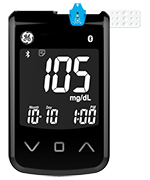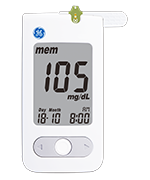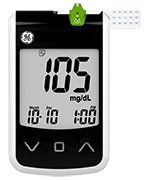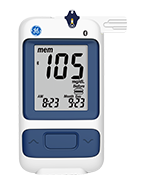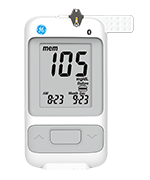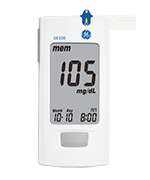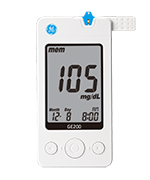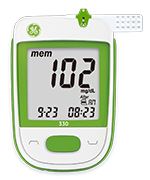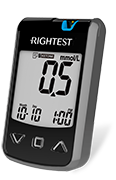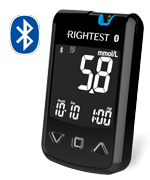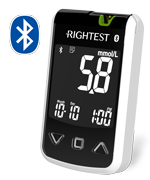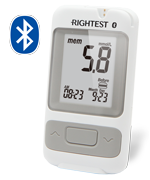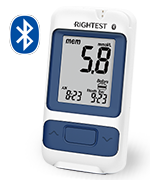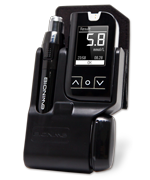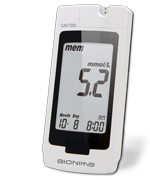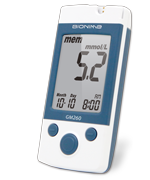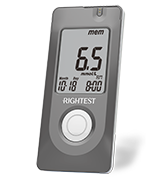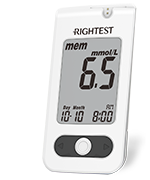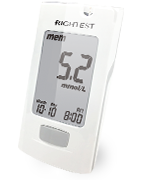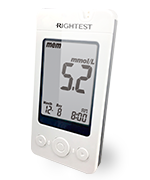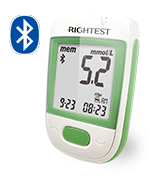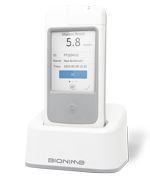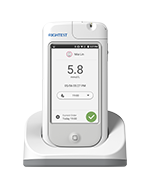Exercise and Mind
According to the recommendation of the American Diabetes Association, people with diabetes should exercise at least 150 minutes per week, and should not put off exercise for at least two days in a row. Office workers are also advised to get up and exercise lightly at least every 30 minutes. The World Health Organization has pointed out that as many as over 2 million deaths per year are associated with inadequate body exercise levels. Regular exercise contributes significantly to maintaining good health. Increasing awareness in healthy behaviors has led to various kinds of exercises. Henry David Thoreau, an American essayist more than 150 years ago, has also said that “An early-morning walk is a blessing for the whole day”. The following are some of the popular exercises enjoyed by various countries:
- Day hiking:Walking can strengthen one’s skeleton and muscle, reduce the risks of cardiovascular diseases, improve balance, burn calories and lower blood sugar. It is recommended to engage in 2.5 hours of walking per week. Day hiking is not only a great way to enjoy natural scenery, it is also beneficial to health. Beginners are recommended to start with short-distance destinations and on flat grounds.
- Disc golf: This activity is similar to traditional golf except for the absence of golf clubs. A Frisbee disc is used in place of golf balls and the goal is to throw the disc into nets. This activity is great for whole body movement and let participants soak in natural scenery as well.
- Standup paddleboarding: This is a family-oriented activity that can train the arm muscles. Participants stand upright on surf boards and paddle on ocean or lake surfaces.
- Water workouts:Buoyancy in the water reduces gravity exerted on the knee joints and lower limbs, which can help patients with degenerative joint diseases, neuropathy or obesity to reduce discomforts and inconveniences of exercise.
- Biking:Riding bicycles can train body balance. A three-wheel recumbent bike can reduce pressure on the back and joints, and is a good exercise option for patients with arthritis and nerve injury.
Before engaging in exercise, consult your medical team on the suitable choice and assess the cardiovascular risks. Don’t forget to measure your blood sugar levels before, during and after exercise; excessively high or low blood sugar levels are not suitable for exercise. Keep your blood sugar at safe levels before engaging in exercises. Also, it is best to have someone accompany you during exercises so they can provide you with assistance during emergency situations.
Reference: MAY/JUN 2018 Diabetes Forecast



